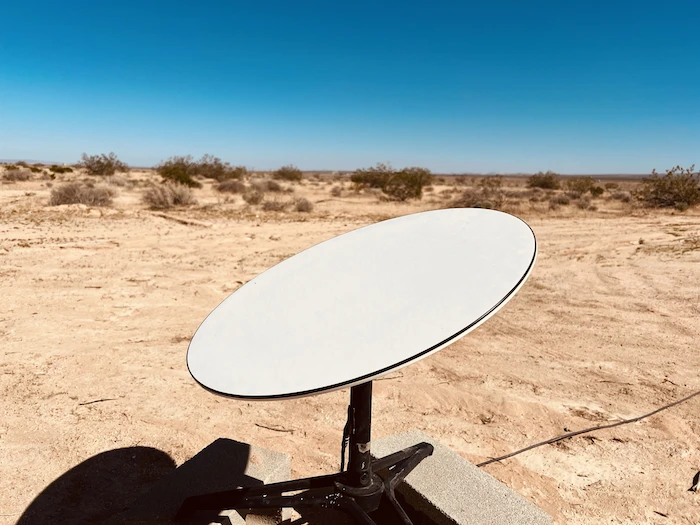September 30, 2023- 3RD OF 3
Decoding the Enigma of the Great Pyramids: Were They Ancient Power Stations Validated by Modern Science?
For centuries, the Great Pyramids of Giza have stood as awe-inspiring structures, traditionally believed to be monumental tombs for Egyptian pharaohs and queens. However, a revolutionary theory, first proposed by Christopher Dunn in 1998 and expanded upon in 2010, challenges this conventional wisdom.
This theory suggests that these iconic pyramids were not mere tombs but rather ancient power stations with the capability to generate and transmit electrical energy wirelessly. In this article, we will journey through the historical context, delve into the power station hypothesis, and explore how modern scientific discoveries align with this audacious theory.
Historical Context
The Great Pyramids of Giza have long been celebrated as magnificent tombs, with generations believing in their role as resting places for Egypt's rulers. Nevertheless, the past two decades have witnessed groundbreaking discoveries that cast doubt on this traditional belief.
Christopher Dunn and a cadre of researchers have introduced a theory that challenges this view, proposing a more practical purpose for these remarkable structures.
Evidence such as the absence of inscriptions, the puzzling lack of chemical remains in stone chests, and the intriguing presence of salt residues in specific chambers have given rise to the possibility that the pyramids served a far more utilitarian function than initially thought.
The Power Station Hypothesis
At the core of this theory lies the audacious notion that the Great Pyramids were sophisticated electrical generators, capable of wirelessly transmitting electricity across ancient Egypt. The theory takes root in the unique design and composition of these architectural marvels.
The exterior of the pyramids, crafted from insulating white tufa limestone, would have effectively prevented the uncontrolled discharge of electrical energy. In stark contrast, the chambers and passageways within the pyramids were constructed using conductive granite, infused with quartz crystals renowned for their piezoelectric properties. These quartz crystals had the potential to generate electricity when subjected to mechanical stress.
Modern Research and Parallels
Recent advancements in the realm of wireless electricity transmission, exemplified by MIT's Witricity technology, bear uncanny parallels to the power station theory. Witricity relies on the principle of resonant magnetic coupling between two coils to transmit energy wirelessly.
This concept resonates with the mechanisms proposed within the pyramids. According to the theory, the Queen Chamber functioned as the site for hydrogen generation, filling the pyramid's intricate interior passages and chambers.
The Subterranean Chamber likely played a role in generating the priming pulses necessary for this system. Meanwhile, granite beams within the King's Chamber could be tuned to the Earth's resonance frequency, establishing a resonance coupling.
The Electrical Design of the Pyramid
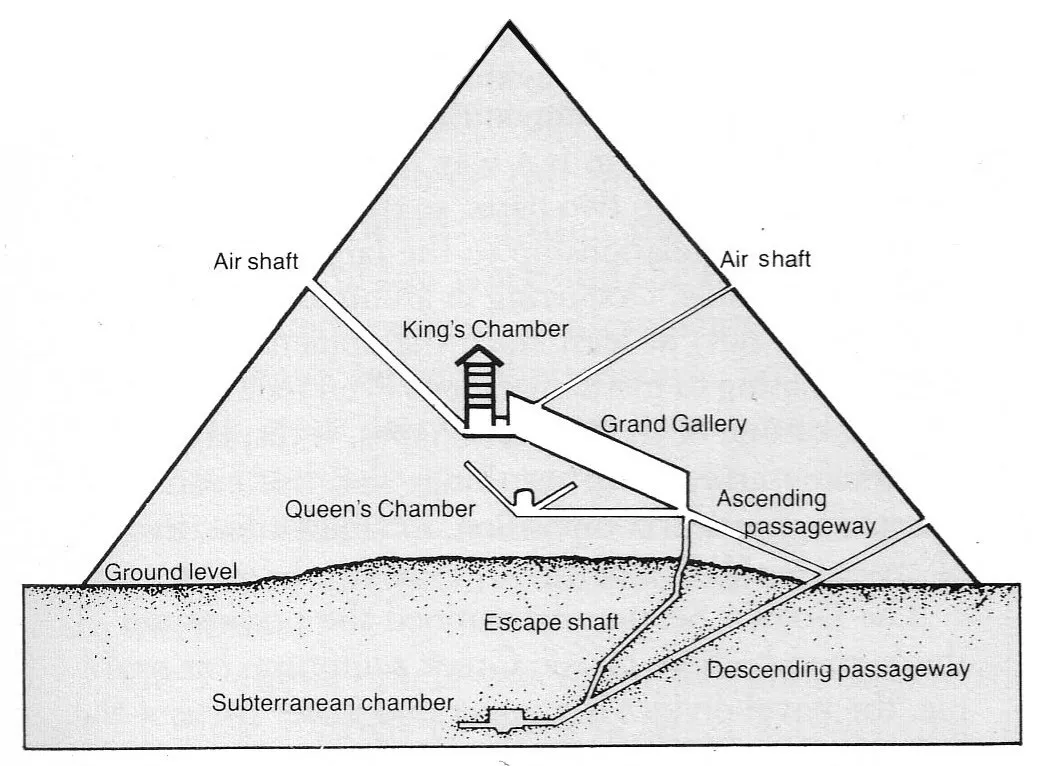
The architectural design of the pyramids further substantiates the theory's electrical nature. The white tufa limestone casing acted as a crucial insulator, ensuring that the electricity generated remained controlled within the structure.
In stark contrast, the granite chambers and the quartz crystals found within the pyramid promoted electrical conductivity and facilitated the piezoelectric effect.
The theory posits that the Queen Chamber potentially served as the site for hydrogen generation, while the Subterranean Chamber, through precise tuning, could establish resonance coupling with the Earth's vibrational energy.
Examples from Modern Science
To underscore the validity of the theory, it is crucial to note that modern scientific research has recently ventured into investigating the Great Pyramid's interaction with electromagnetic waves.
These studies suggest that the pyramid indeed possessed the capacity to concentrate electromagnetic energy within its chambers and beneath its base.
This revelation carries profound implications, including the development of nanosensors and the creation of highly efficient solar cells. By drawing inspiration from the principles observed within the Great Pyramid, scientists are exploring innovative solutions to contemporary challenges.
The possibility of the Great Pyramids serving as ancient power stations has ignited the flames of curiosity and spurred scientific inquiry. Recent scientific investigations into the pyramid's interaction with electromagnetic waves have provided substantial support for this theory.
While it challenges long-held beliefs, it underscores the enduring mysteries of the Great Pyramids and their potential to provide solutions to modern scientific quandaries. As we continue to unravel the enigma of this ancient wonder, we are reminded that history often holds the keys to our future innovations.

















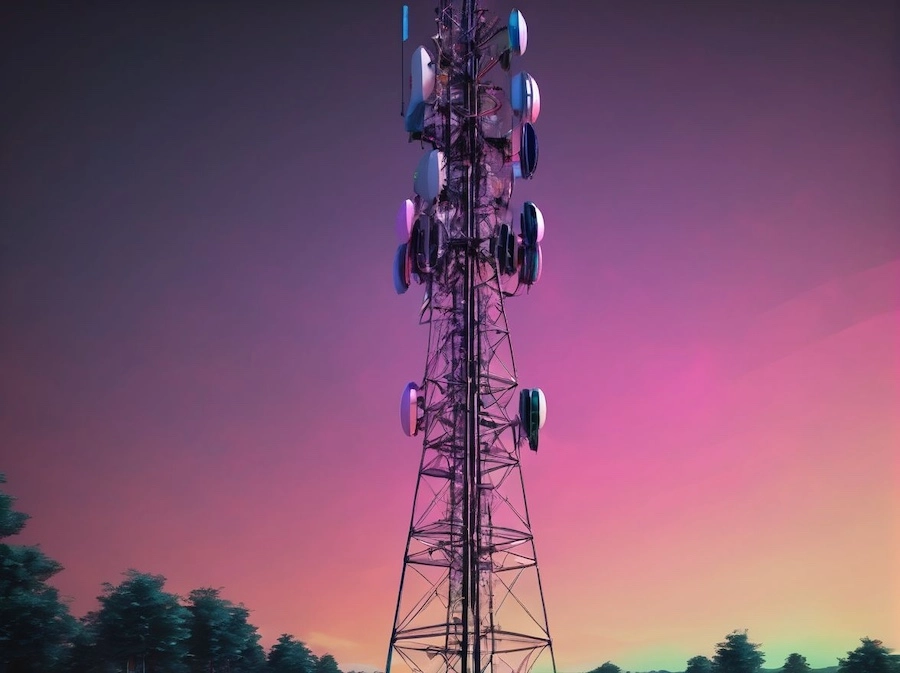




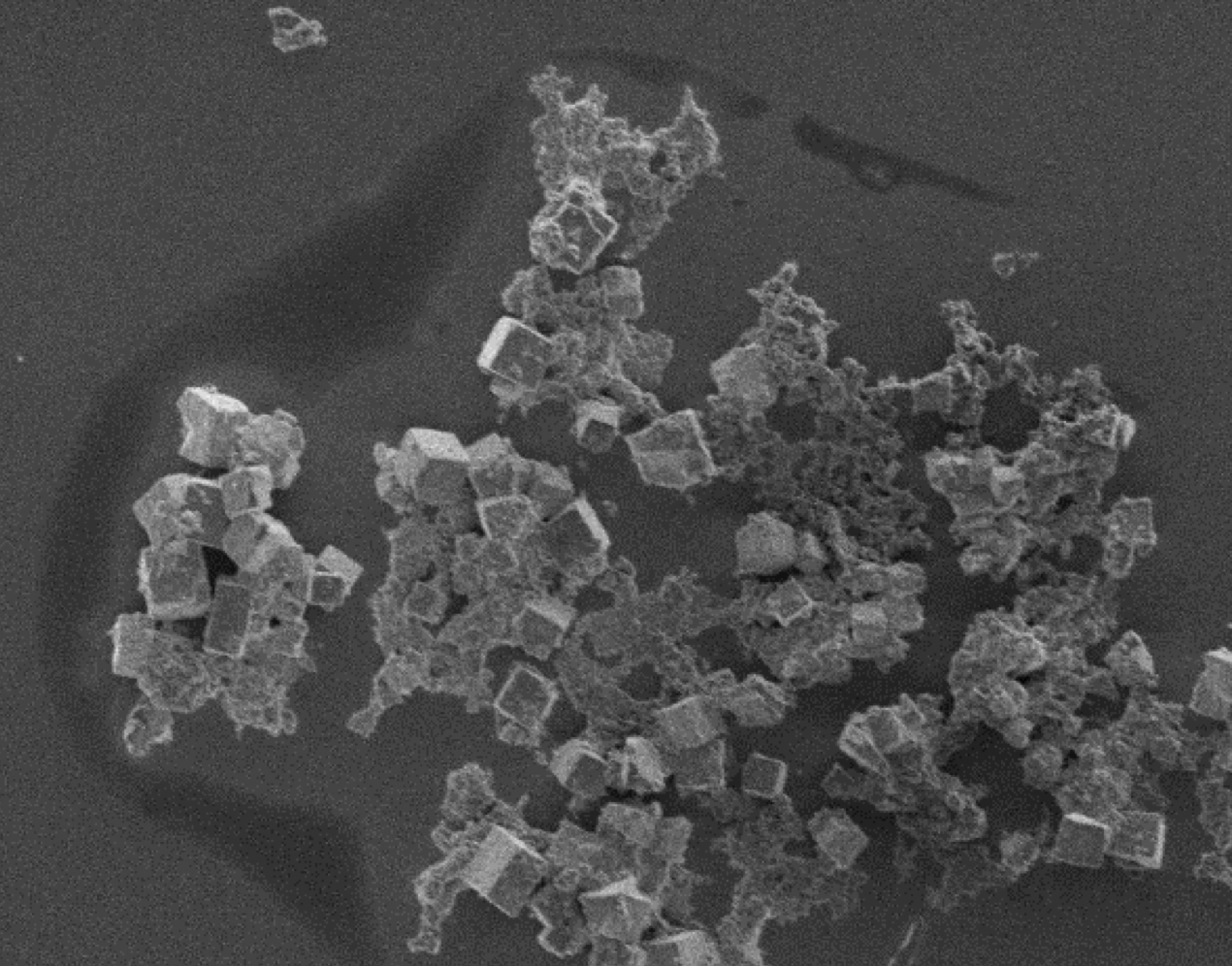



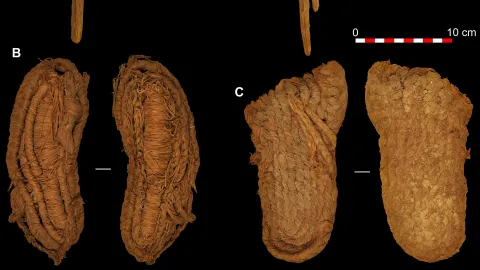




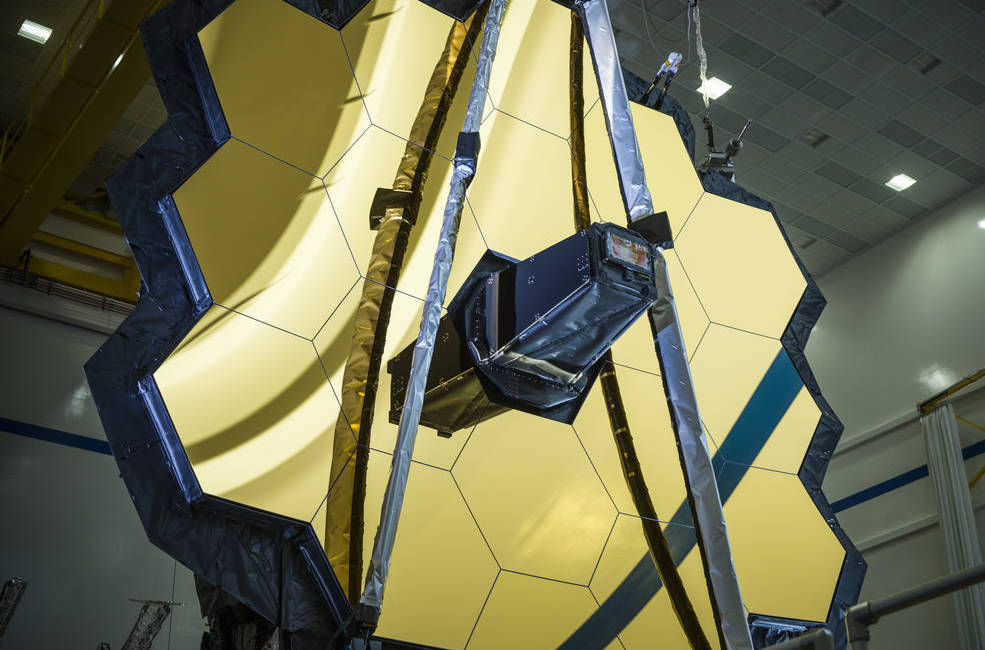

















.webp)
.webp)









